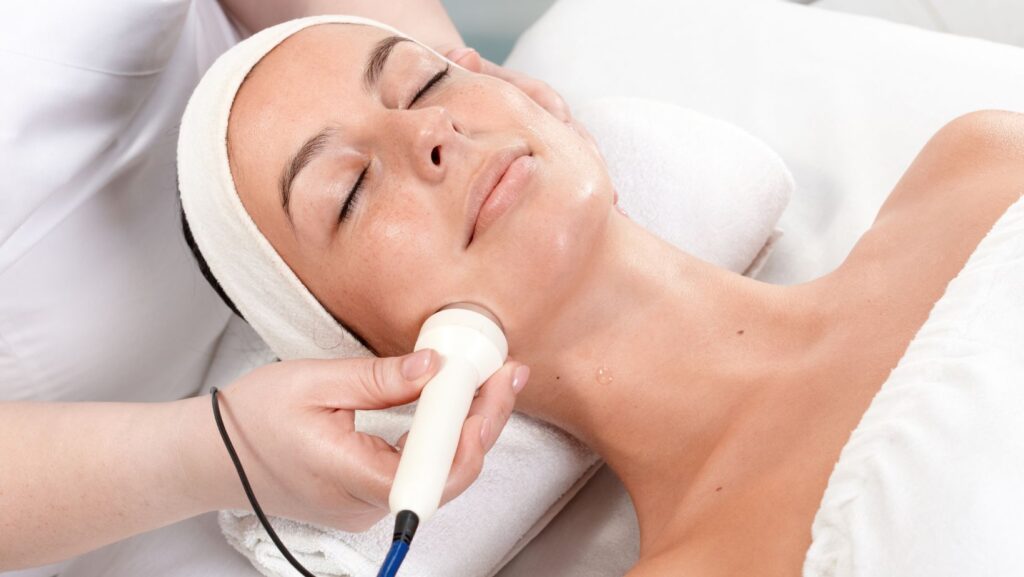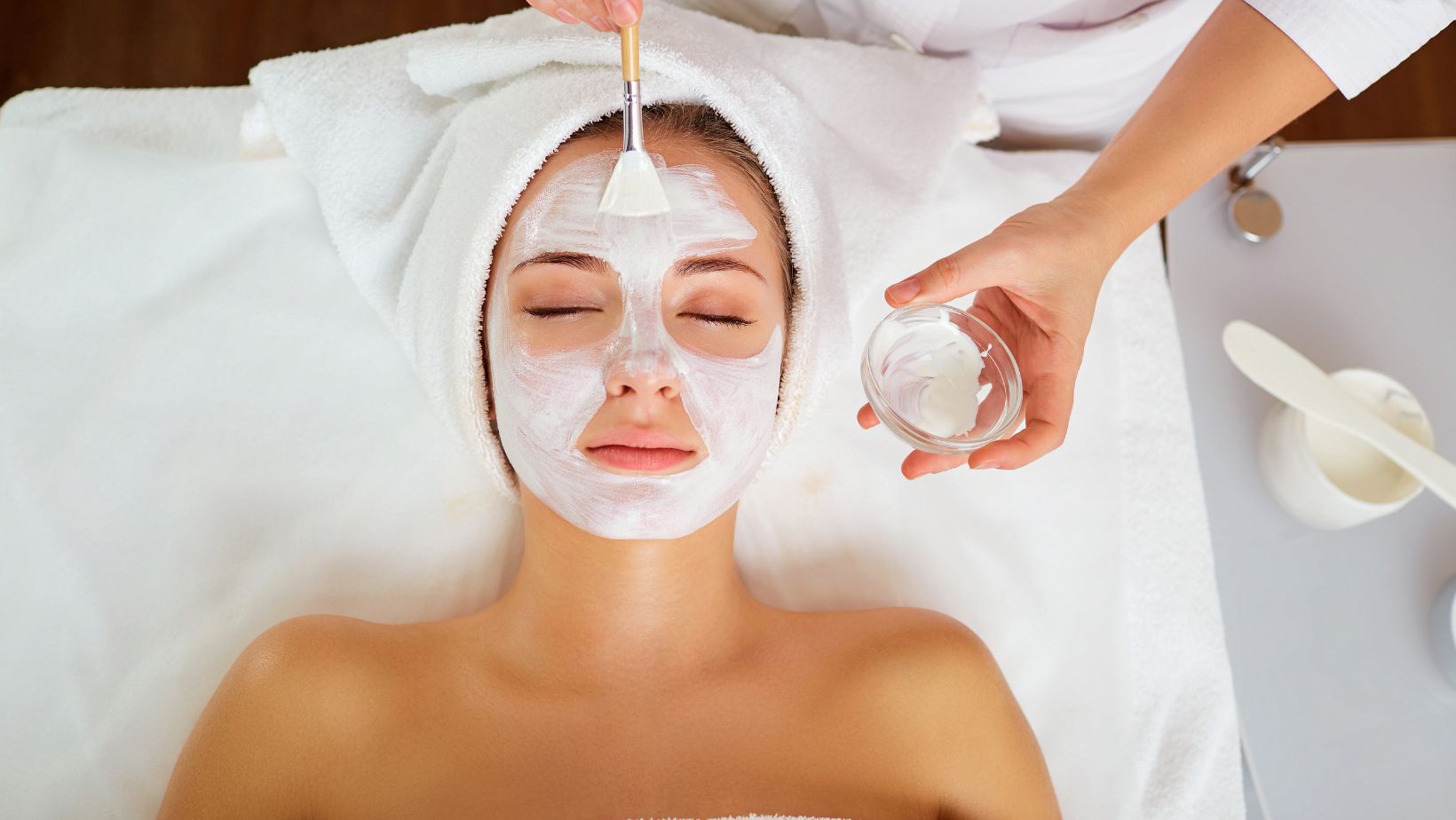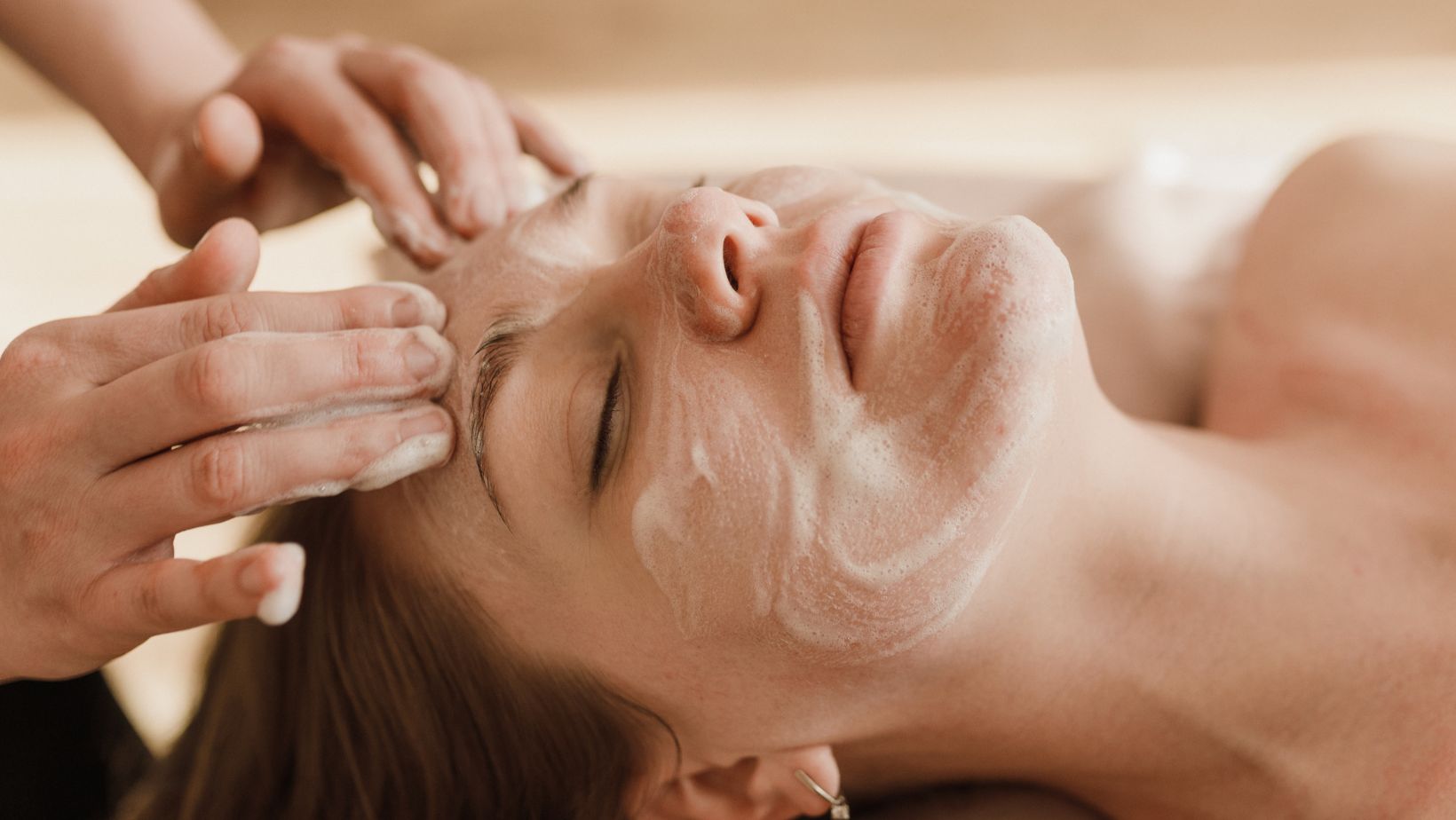
In the dynamic world of skincare, Platelet-Rich Plasma (PRP) facials have emerged as a topic of intrigue and discussion. Often referred to colloquially as ‘vampire facials,’ these treatments promise to rejuvenate facial skin using the body’s natural revitalizing potential. However, amidst the allure of their purported benefits, it’s crucial to delve deeper into the science, procedure, safety, and real-world outcomes of PRP facials to separate fact from fiction.
What Are PRP Facials?
PRP therapy harnesses the body’s own platelet-rich plasma to stimulate collagen production and tissue regeneration, promoting skin rejuvenation. This innovative technique is employed in PRP facials to enhance skin tone, texture, and overall appearance by targeting deeper layers of the skin. Unlike traditional facials, PRP facials offer long-lasting rejuvenation, leveraging the regenerative power of platelet-rich plasma for optimal results.
- PRP therapy involves extracting a small amount of blood from the patient, which is then processed to isolate the platelet-rich plasma.
- The platelet-rich plasma is rich in growth factors and cytokines, which play a crucial role in tissue repair and regeneration.
- When applied during a PRP facial, the concentrated plasma promotes collagen synthesis, improves skin elasticity, and enhances the skin’s natural healing processes.
The Origin of the ‘Vampire Facial’ Term
The term ‘vampire facial’ has gained popularity due to its association with blood-based skincare treatments. Stemming from the concept of using one’s own blood for skin rejuvenation, the term captures attention but may lead to misconceptions about the procedure’s nature and effectiveness.
- The term ‘vampire facial’ is often used colloquially to describe PRP (Platelet-Rich Plasma) facials, which involve the application of the patient’s own platelet-rich plasma to the skin.
- While the term may evoke images of dramatic or unconventional treatments, PRP facials are actually grounded in scientific principles and have been shown to be effective in promoting skin rejuvenation.
- It’s important for individuals considering PRP facials to understand that despite the sensationalized name, the procedure is safe, minimally invasive, and offers tangible benefits for improving skin tone, texture, and overall appearance.
The Science Behind PRP Facials
PRP facials operate on the premise that platelet-rich plasma contains growth factors crucial for collagen synthesis, improved blood flow, and tissue repair. Scientific evidence supports the effectiveness of PRP facials in enhancing skin health and addressing various dermatological concerns.
- Platelet-rich plasma (PRP) facials harness the body’s natural healing mechanisms by delivering concentrated growth factors directly to the skin, promoting collagen production and tissue regeneration.
- The growth factors present in PRP stimulate angiogenesis and the formation of new blood vessels, which enhances blood flow to the skin and improves oxygen and nutrient delivery, resulting in a healthier complexion.
- Clinical studies have demonstrated the efficacy of PRP facials in improving skin texture, reducing the appearance of fine lines and wrinkles, and addressing specific dermatological issues such as acne scars and hyperpigmentation.
What Happens During a PRP Facial Treatment?
PRP facials typically begin with a blood draw, followed by processing the sample to isolate platelet-rich plasma. The plasma is then applied to the skin through techniques such as injections or microneedling, allowing for deep penetration and optimal rejuvenation.
- During the blood draw process, a small sample of the patient’s blood is collected using a standard venipuncture technique, typically from the arm.
- Once collected, the blood sample is transferred to specialized tubes and undergoes centrifugation, a process that separates the platelet-rich plasma from other components of the blood, such as red blood cells and white blood cells.

- The isolated platelet-rich plasma is then prepared for application to the skin using various techniques, including injections administered at specific depths or microneedling, which involves creating tiny punctures in the skin to enhance absorption and stimulate collagen production.
Safety and Risks Associated with PRP Facials
While PRP facials are generally considered safe, it’s essential to seek treatment from qualified professionals to minimize potential risks and side effects. By adhering to proper protocols, patients can undergo PRP facials with confidence and peace of mind.
- Qualified professionals who administer PRP facials should have extensive training and experience in the procedure, ensuring safe and effective treatment delivery.
- Prior to undergoing a PRP facial, patients should undergo a thorough consultation with their healthcare provider to discuss their medical history, expectations, and any potential contraindications.
- Following treatment, patients should adhere to post-procedure care instructions provided by their healthcare provider to optimize results and minimize the risk of complications. This may include avoiding certain activities or skincare products for a specified period and attending follow-up appointments as recommended.
Debunking Myths Surrounding PRP Facials
PRP facials have been surrounded by myths and misconceptions, including exaggerated claims about their effectiveness and safety. It’s crucial to address these misconceptions and provide evidence-based information to empower consumers to make informed decisions.
- One common myth surrounding PRP facials is that they offer immediate and dramatic results after a single treatment. In reality, while PRP facials can lead to noticeable improvements in skin texture and appearance, multiple sessions may be required to achieve optimal outcomes, and results may vary depending on individual factors such as skin type and condition.
- Another misconception is that PRP facials are painful and require lengthy downtime. While some patients may experience mild discomfort during the procedure, the majority report minimal pain, and any redness or swelling typically resolves within a few days. Moreover, PRP facials are often referred to as “lunchtime procedures” due to their quick treatment time and minimal recovery period, making them convenient for individuals with busy lifestyles.
- There is also a misconception that PRP facials are only suitable for certain skin types or conditions. In reality, PRP facials can benefit individuals with a wide range of dermatological concerns, including acne scars, fine lines and wrinkles, uneven skin tone, and dullness. By customizing the treatment plan to meet the unique needs of each patient, healthcare providers can maximize the effectiveness of PRP facials for diverse populations.
Real Results and Patient Experiences
Testimonials from individuals who have undergone PRP facials often highlight significant improvements in skin texture, tone, and overall appearance. Before-and-after photos serve as visual evidence of the transformative effects of PRP therapy on facial skin, underscoring its value as a viable skincare option.
- Testimonials from patients who have undergone PRP facials frequently emphasize not only the visible changes in their skin but also the boost in self-confidence and overall satisfaction with their appearance. Many individuals report feeling rejuvenated and more youthful following PRP treatments, contributing to a positive outlook on life.
- Before-and-after photos provide concrete evidence of the efficacy of PRP facials by showcasing tangible improvements in skin quality, such as reduced fine lines and wrinkles, diminished acne scars, and enhanced skin tone and texture. These visual representations offer prospective patients insight into the potential outcomes of PRP therapy and can serve as inspiration for those considering the treatment.
- In addition to testimonials and before-and-after photos, patient satisfaction surveys and feedback forms can offer valuable insights into the overall experience of undergoing PRP facials. By collecting feedback from patients post-treatment, healthcare providers can gain a better understanding of their patient’s needs and preferences, leading to continuous improvement in service delivery and patient care.
Conclusion
In conclusion, PRP facials offer a scientifically backed approach to facial rejuvenation, leveraging the body’s natural healing mechanisms for lasting results.

By understanding the science, procedure, safety, and real-world outcomes of PRP facials, individuals can make informed decisions about their skincare regimen and embrace the potential of this innovative treatment modality. Learn more about PRP treatments at Selphyl.












